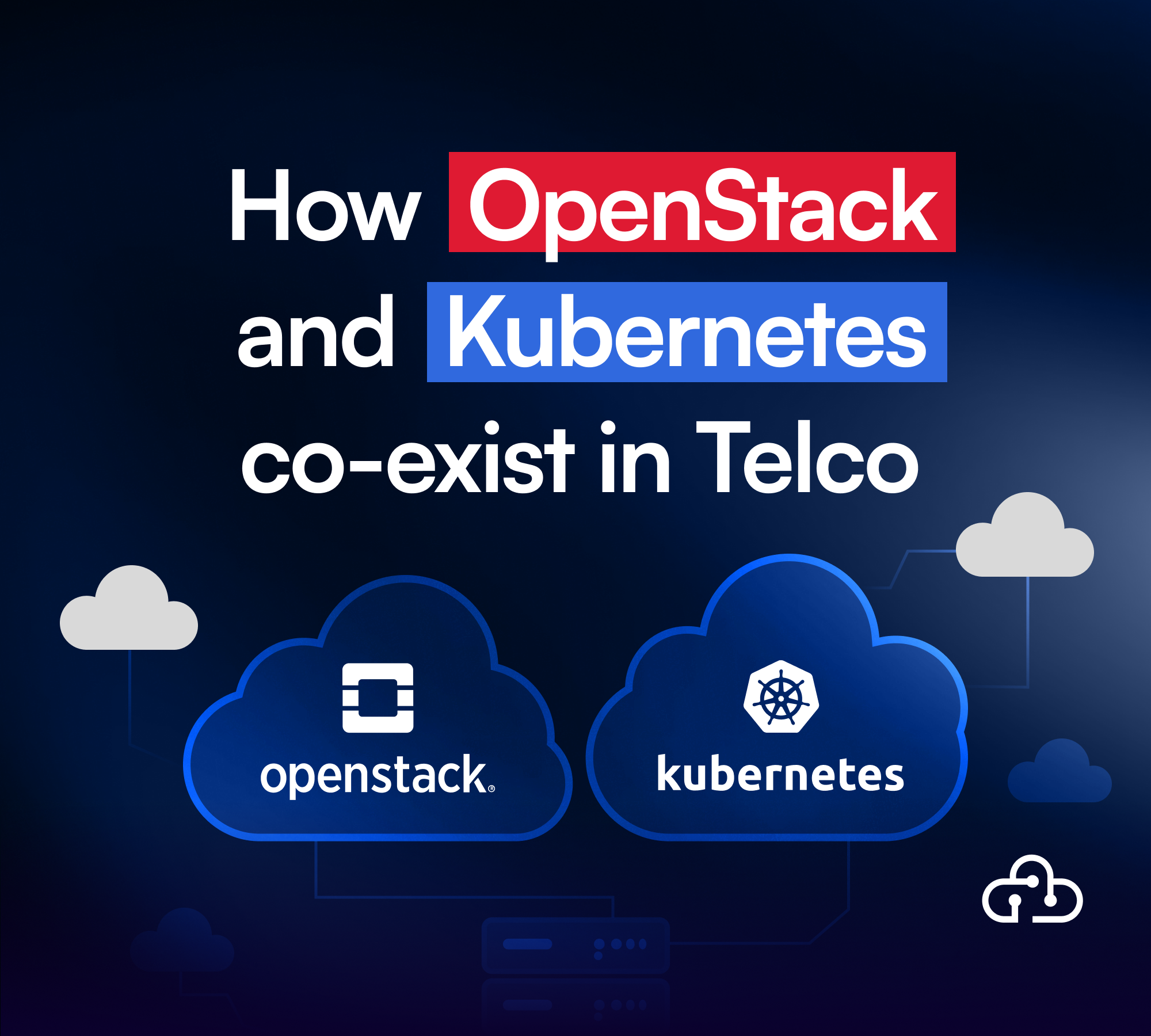How APIs can help telcos solve the agility challenge
Telecom organizations today face immense pressure to innovate at speed and at scale. To meet customer demand for unwavering connectivity and access to services anywhere at any time, telcos must take advantage of advanced technologies such as 5G, network slicing, and edge computing. As such, agility has become non-negotiable.
Business agility means being able to adapt quickly to change while maintaining stability and control. But many telcos have faced challenges when it comes to achieving an agile state. Being tethered to rigid, proprietary hardware is resource-intensive — leading to silos that are slow and costly to maintain and update.
Without the flexibility to scale quickly, telcos struggle to respond to market changes, integrate new technologies, and streamline operations. In the face of the agility challenge, telcos need the right tech and cultural enablers to make agility second nature — and APIs are one of the most powerful enablers of achieving this agility.
What are APIs?
APIs (Application Programming Interfaces) are a structured set of rules that connect applications and network services, enabling them to communicate data with one another. APIs are a standardized interface for accessing, extracting, and exchanging information in real time. APIs simplify the delivery of services across multiple devices, networks, and ecosystems.
Rather than building every component from scratch, telcos can use APIs to draw from existing services and capabilities. In turn, telcos can also expose certain capabilities and services through APIs. APIs provide a fast, flexible way for telcos to innovate cost-effectively and efficiently. This makes it easier for telcos to scale operations and adopt advanced technology like 5G, network slicing, and edge computing. It also places the telcos at the center of innovation for new services as providers and consumers.
According to McKinsey, it’s estimated that, over the next five to seven years, network APIs could unlock $100 billion to $300 billion in revenue for telco operators, with another $10–30 billion generated from the APIs themselves. The exponential growth in the network API market shows there is an immense amount of value that telcos can gain by adopting this technology into their journey to agility.
The benefits of APIs for telecom agility
Seamless integration between legacy systems and modern platforms
Legacy hardware is deeply embedded into the infrastructure of many telcos. APIs make it possible to integrate these disparate systems with new platforms without extensive changes. This allows telcos to modernize their infrastructure without significant cost, preserving existing investments in hardware, while unlocking new service capabilities and exposing them.
Automated service provisioning
APIs can automate core tasks such as provisioning services, managing access permissions, and customizing configurations. Using APIs in this way reduces manual work for developers, speeds up service delivery, and minimizes the risk of human error. Automated service delivery not only improves the customer experience but also increases the performance of services and the efficiency of internal operations.
Facilitate faster development of new services
APIs enable telcos to access reusable components, pre-built functions, and existing datasets. That means telcos can quickly create, test, and launch new services without building their own software internally. When time is of the essence in such a competitive and demanding market, having the agility to deploy services quickly and effectively is essential.
Considerations for telcos using APIs
APIs offer great potential for telcos, but their implementation isn’t without consideration — as is the case when adding any new technology into a stack, particularly where data and information are involved.
Telcos hold a vast amount of sensitive data about their customers. As APIs facilitate data exchange between services and networks, maintaining the security of this data is of utmost importance. APIs must have strong authentication, authorization and encryption protocols to protect customers from data breaches and comply with robust privacy regulations.
LabLabee can support your API journey
Here at LabLabee, we’re helping telco professionals build real-world skills in using APIs through hands-on learning. Our lab about Understanding and Utilizing APIs is designed specifically for the telecom industry, offering practical training in the role of APIs in cloud-native telecom solutions. It also explores types of APIs, including REST, SOAP, and GraphQL, as well as best practices in API security and the GSMA Open Gateway (CAMARA).
Whether you’re looking to modernize legacy systems or explore new revenue streams, we’ll give you the hands-on experience to confidently integrate APIs into your strategy. Explore our full catalog of hands-on training labs, skill tests, and learning paths.

%20copy%206.png)


%20copy%204.png)
.png)